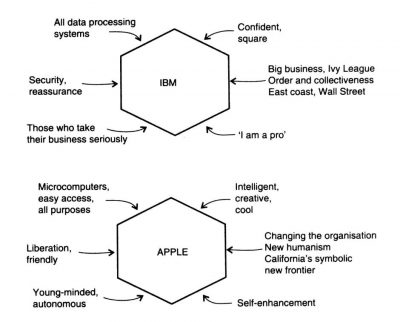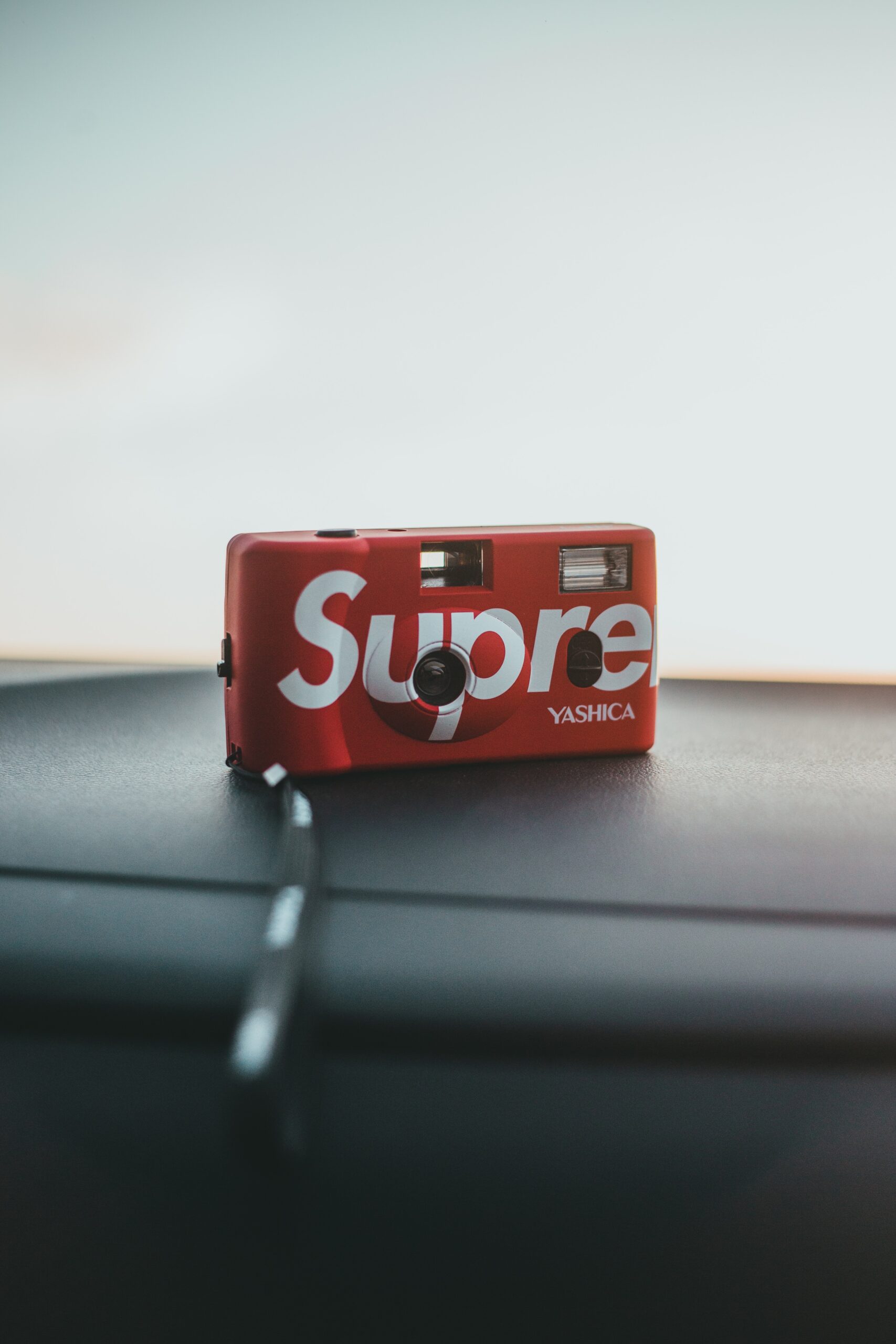Kapferer’s Brand Prism
“Strong brands are capable of weaving all aspects into an effective whole in order to create a concise, clear and appealing brand identity.” – JN Kapferer
There are 83 million hits on Google for ‘brand identity framework’. Of course, it is unlikely there are 83 million brand identity frameworks, but it sometimes feels that way.
One of them is the Kapferer Brand Identity Prism.
Jean Noël Kapferer is a professor at HEC Paris and one of the world’s foremost experts on brand strategy, specialising in the luxury category.
This is worth mentioning because luxury brands are highly skilled at creating value through their brand identity rather than tangible assets.
Brand equity is the reason a $120 white T-shirt designed Kanye West sold out instantly. It’s why Sotheby’s sold a hoodie, which was a collaboration between Supreme and Louis Vuitton, at auction for $6,048. A shirt from Kmart and a designer shirt serve the same function and are often made from the same material; it’s the brand that is worth paying more for.
Brand is the prism which reflects a functional product into a rainbow of emotional value for consumers. The Brand Prism offers a holistic look at brand identity development by including both internal values and their external portrayal, while ensuring the customer remains a critical piece of the conversation.
Kapferer’s Brand Identity Prism

The Brand Identity Prism defines brand identity across two axes:
Picture of Sender to Picture of Recipient (Y-Axis)
This axis accounts for the image projected by the brand, the image projected by the target audience and how they interact.
Externalization to Internalization (X-Axis)
This axis accounts for the external attributes of the brand and target audience compared to the internal qualities of the brand and audience.
The prism is divided into six sections, based on the axes. They are:
PHYSIQUE (External, Picture of Sender)
These are the external physical qualities of the brand. This could include the design of the store, products, packaging, website or logo. Think about the iconic glass frontage of Apple stores, the triangular box and chocolate block of Toblerone or the winged kangaroo on a Qantas plane. Each of these elements distinctly signify the brand.
How recognizable is your visual identity?
PERSONALITY (Internal, Picture of Sender)
This is how the brand comes to life through its voice. Tone of voice in advertising messaging, customer service, social media and key customer touchpoints form your brand’s personality.
Brand personality is developed by carefully identifying the role of the brand in the lives of your customer and white space within the marketplace.
RELATIONSHIP (External)
Relationship is how the brand connects with its audience. This is both literal, such as the product or service offering of the organisation, as well as the emotional relationship a brand fulfills.
CULTURE (Internal)
The culture concept is somewhat unique to the Brand Prism compared to other brand identity frameworks. Kapferer originally refers to Culture in this case as the “basic principles governing the brand in its outward signs (i.e., products and communication).” While many brands include values in their brand-building documents, Kapferer draws inspiration in the context in which brands operate.
For example, Kapferer illustrates the German values of order and strength in the Mercedes brand and upholds Apple as a “product of a California culture, in the sense that the state symbolizes eternally new frontiers.”
Culture does not always relate to geography; brands can illustrate their organisational values as well.
REFLECTION (External, Picture of Receiver)
The fifth facet covers how the brand reflects the customer. Unlike a target audience, which seeks to define who the product is for, Reflection seeks to illustrate how the customer will be perceived by engaging with the brand. Beauty and fashion are simple examples, reflecting the image of the customer as a beautiful and flawless supermodel.
Not all Nespresso drinkers are like George Clooney, who acts as a spokesperson, but the brand supports the customer’s desire to be seen as sophisticated and tasteful.
SELF-IMAGE (Internal, Picture of Receiver)
Self-image is how the customer would like to be seen. In choosing particular brands, customers make a statement about who they are. Owning a Tesla sends a different message than owning a Toyota. Brands can support the customer’s desire to maintain or construct an image of themselves.

Implementing the Brand Prism
Out of the 83 million options on Google, the Brand Prism is a valuable framework for starting the discussion on brand identity development. Small business and organisations which champion cross-functional teams might find the Brand Prism particularly useful, as it integrates functional and emotional brand benefits throughout each section. Product function, customer service, organisational values are a key role of the Brand Prism and often sit beyond marketing conversations. The Prism is a great way to facilitate brand development with stakeholders from across your business.
Next month, we will review the Aaker Model of brand identity to contrast with Kapferer’s approach.




